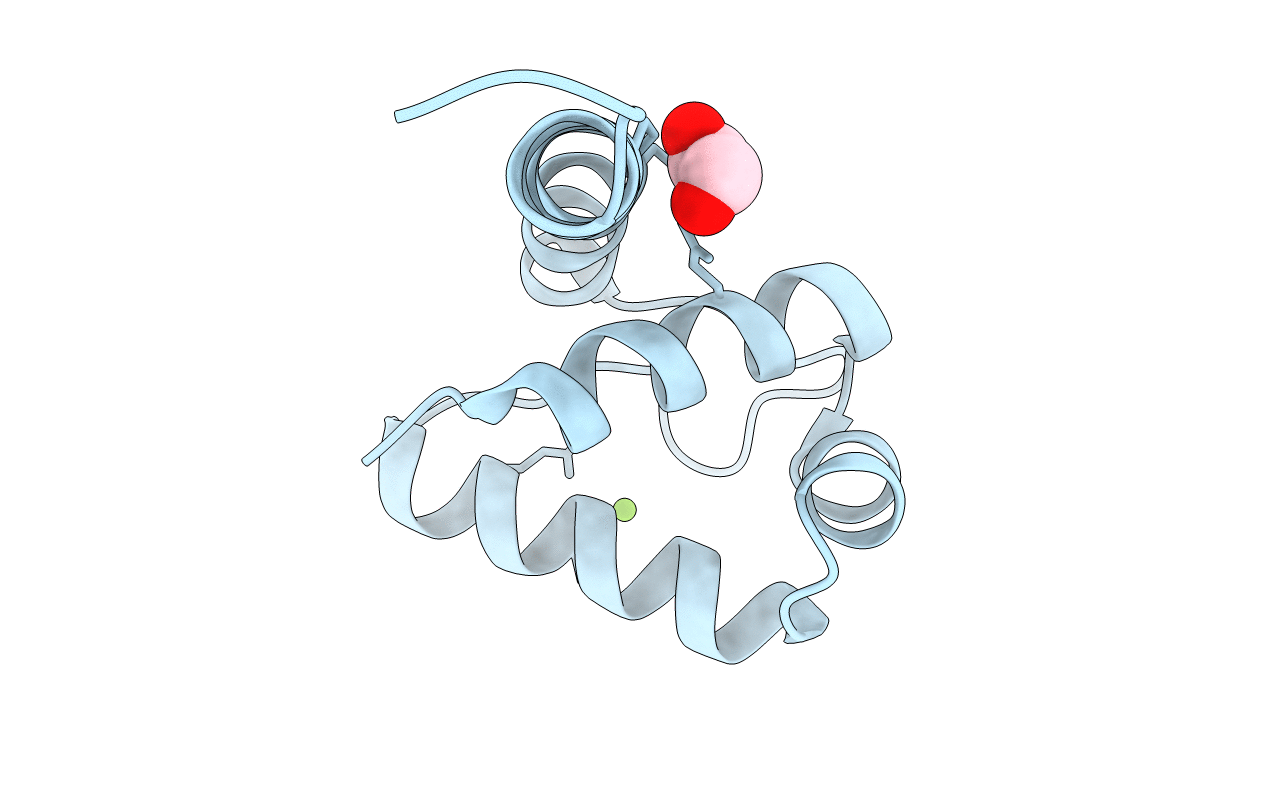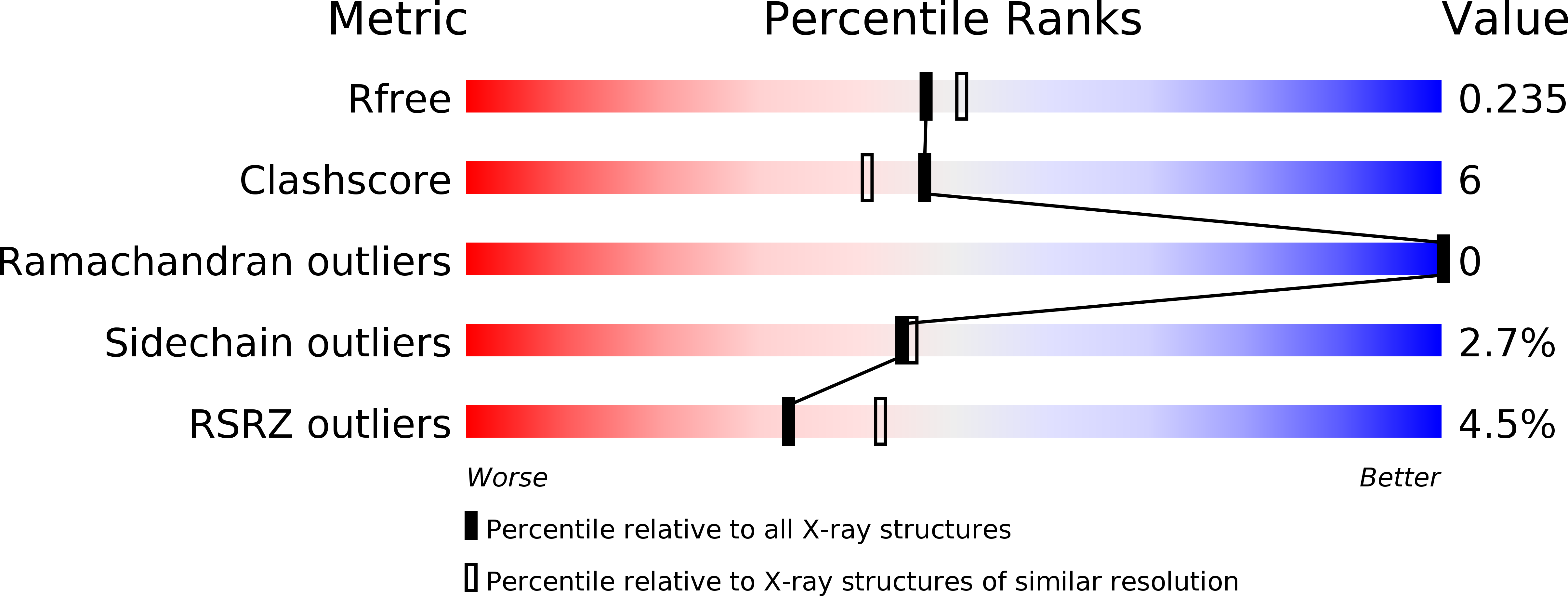
Deposition Date
2015-11-18
Release Date
2016-06-08
Last Version Date
2024-01-10
Entry Detail
PDB ID:
5FO5
Keywords:
Title:
Structure of the DNA-binding domain of Escherichia coli methionine biosynthesis regulator MetR
Biological Source:
Source Organism:
ESCHERICHIA COLI K-12 (Taxon ID: 83333)
Host Organism:
Method Details:
Experimental Method:
Resolution:
2.16 Å
R-Value Free:
0.23
R-Value Work:
0.19
R-Value Observed:
0.19
Space Group:
C 1 2 1


